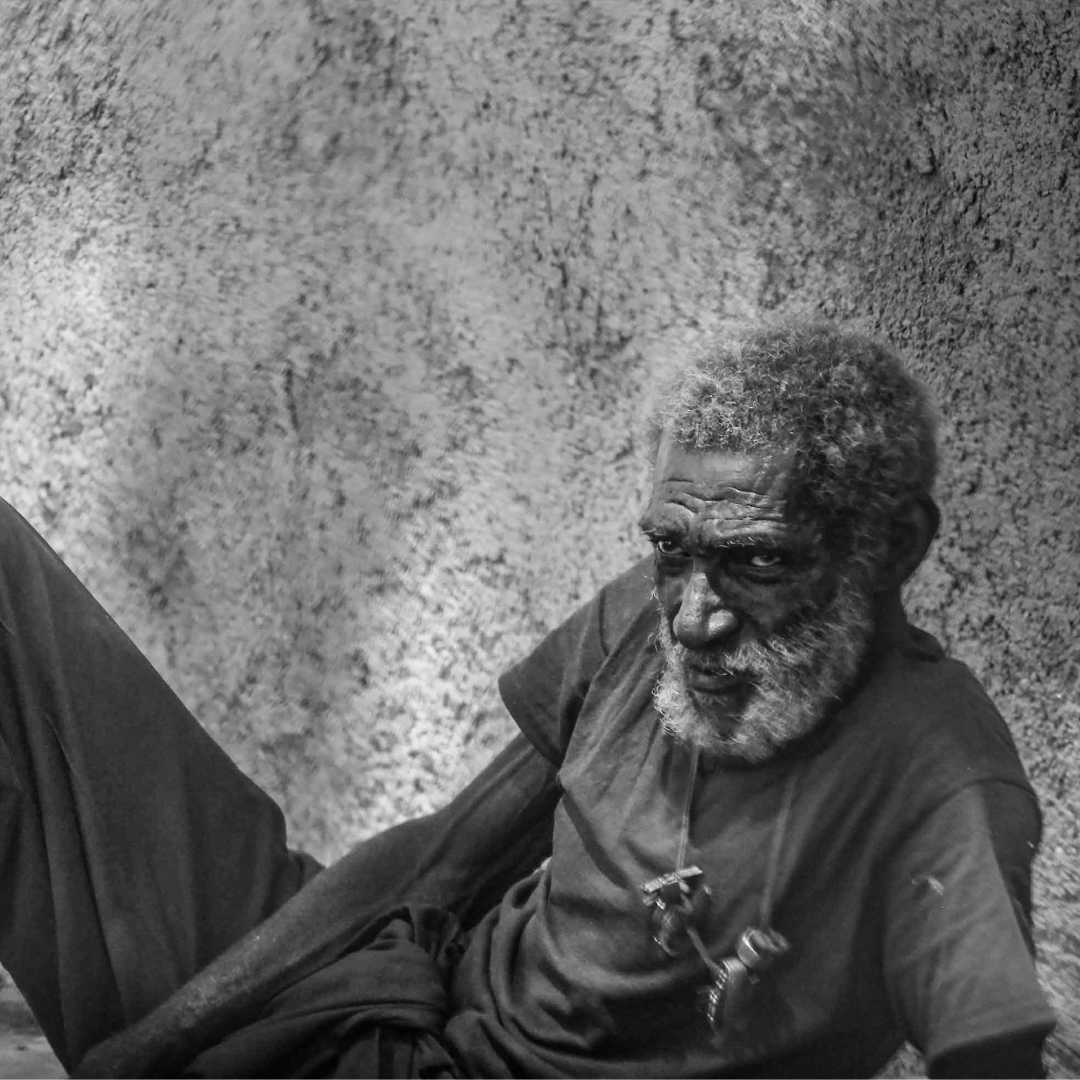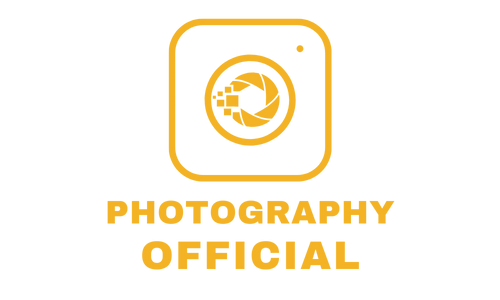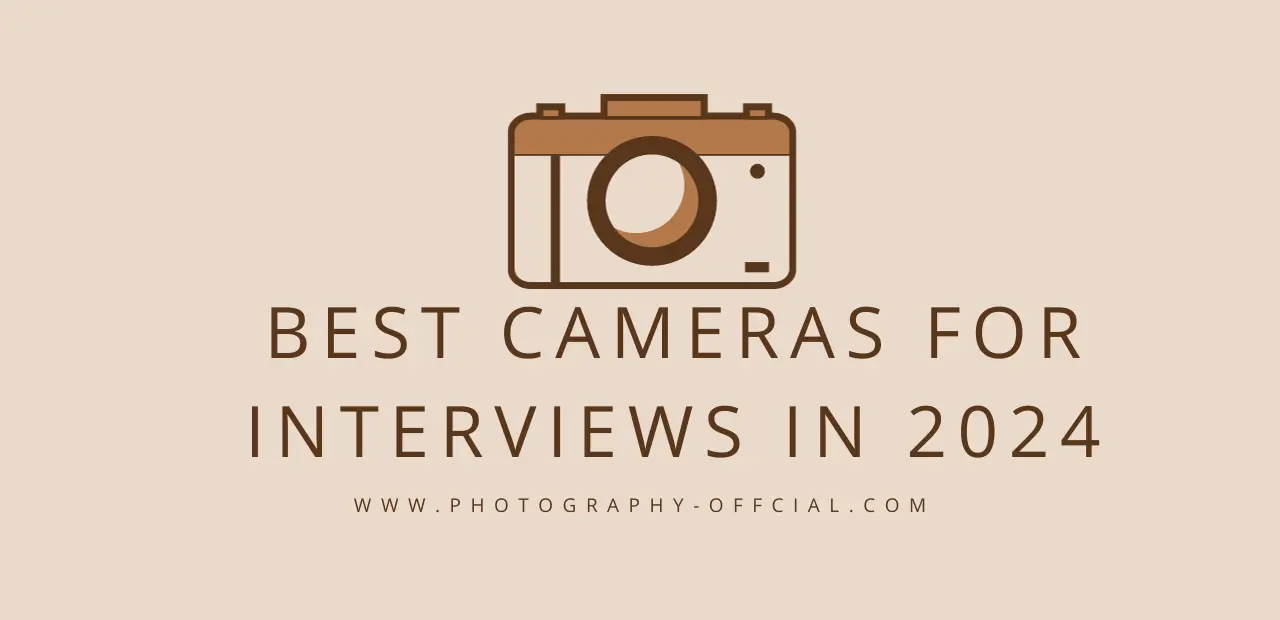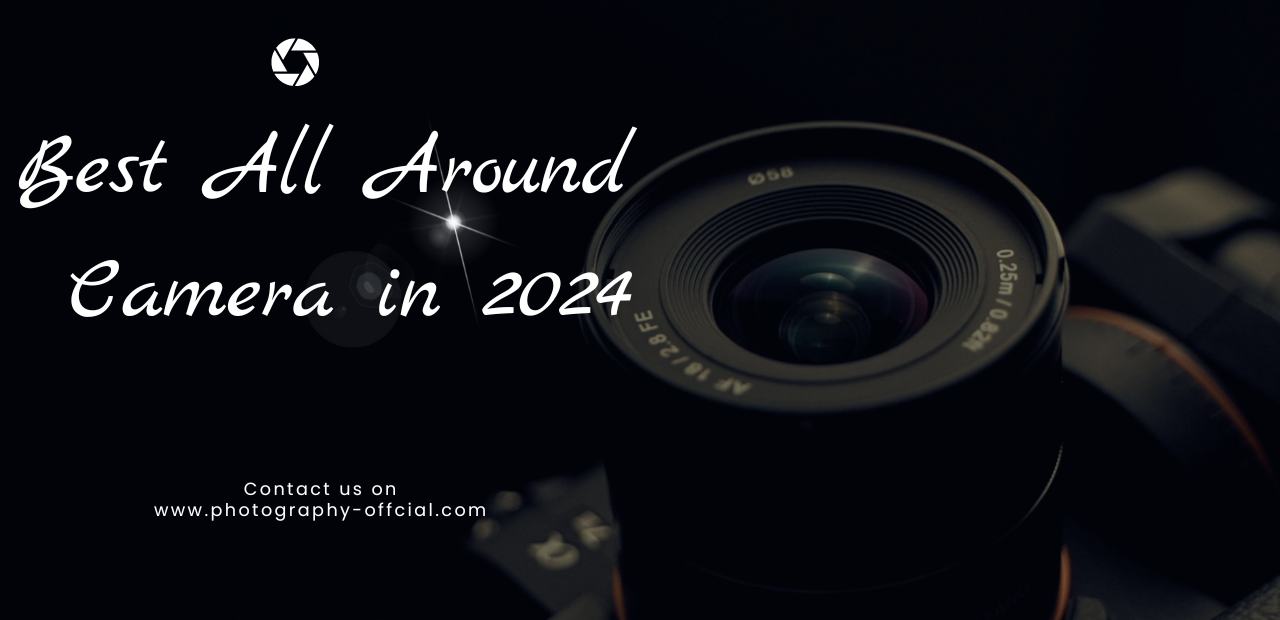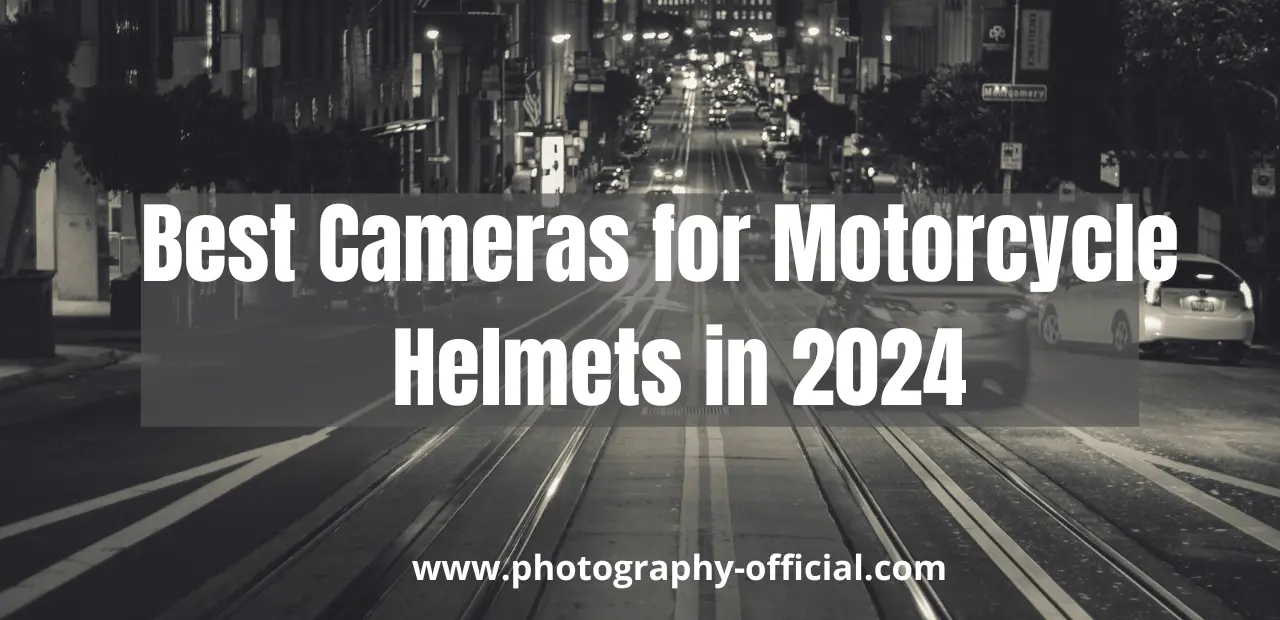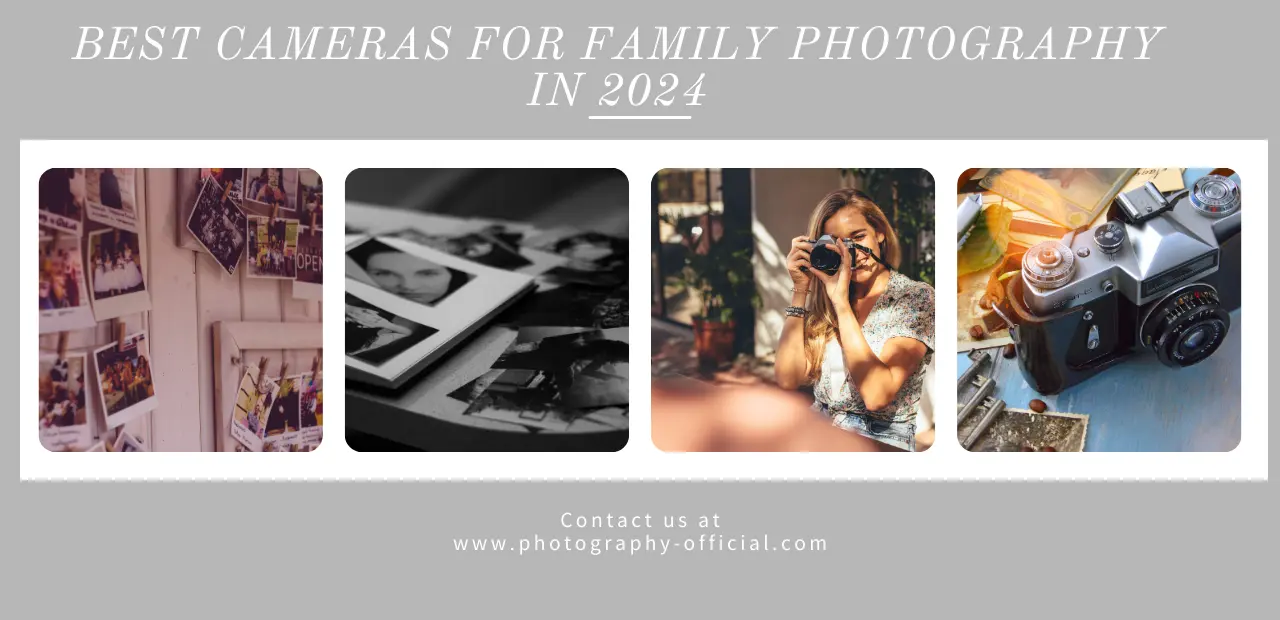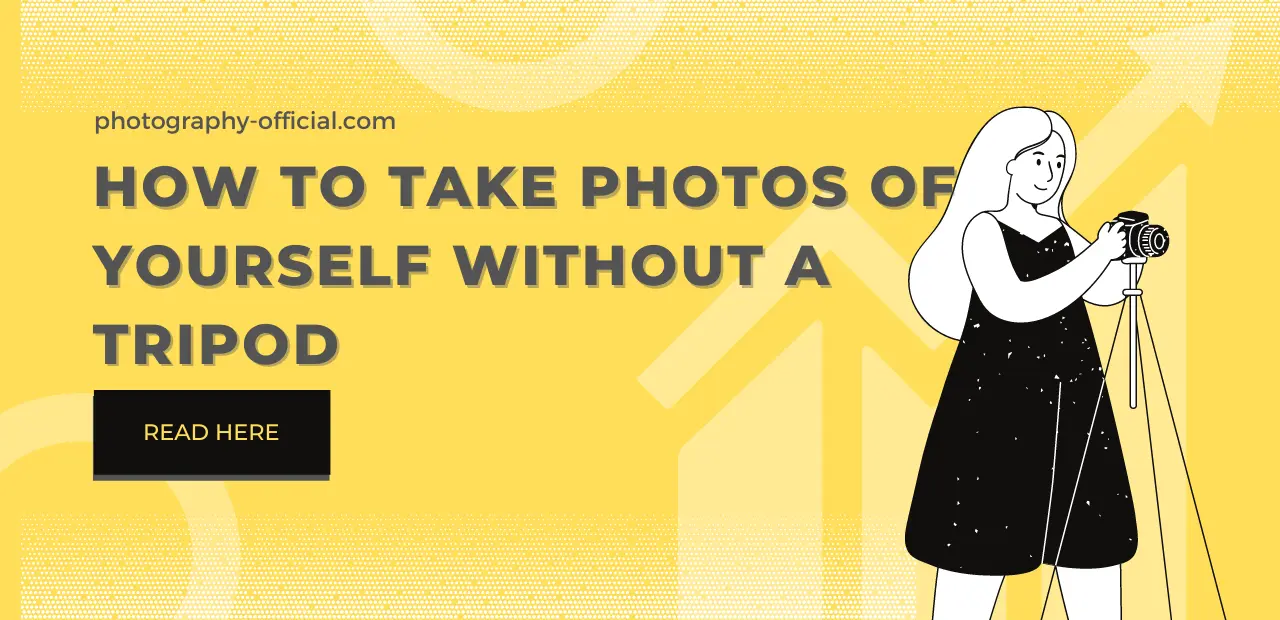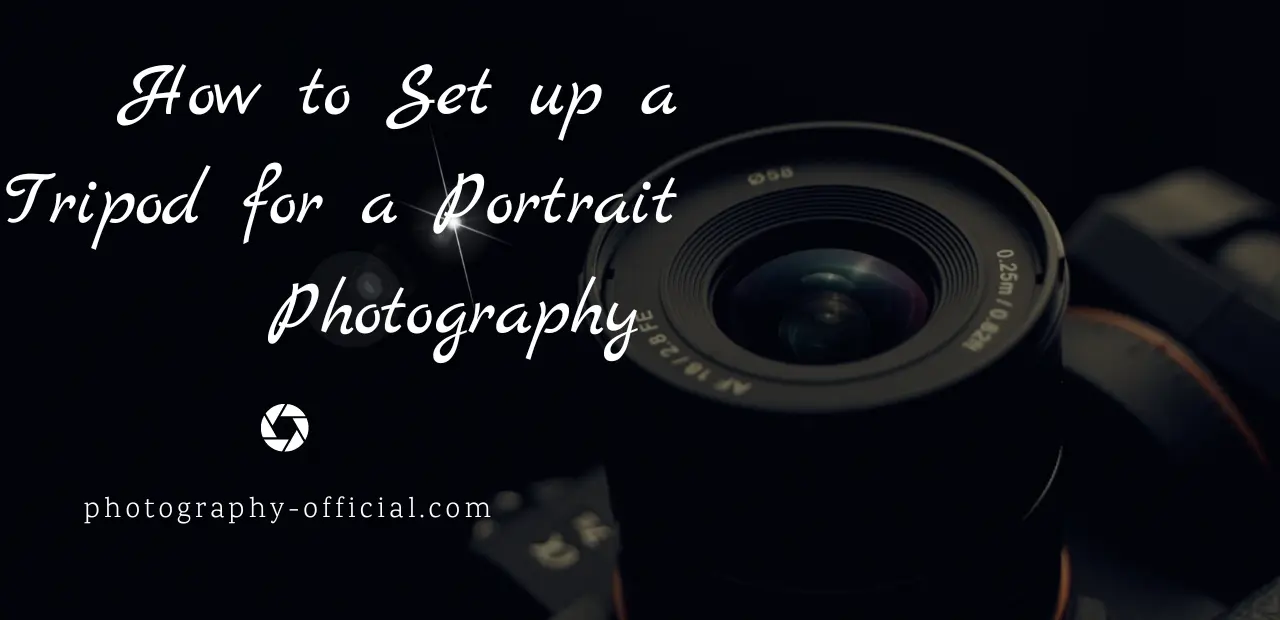How to Attach GoPro to Tripod
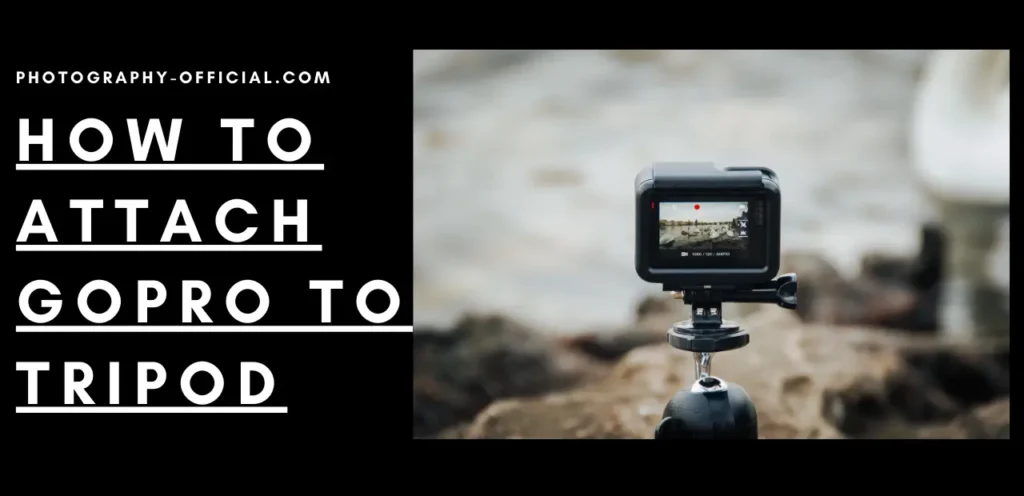
Understanding Your GoPro and Tripod Equipment
In today’s discussion, we’ll delve into the nuts and bolts of your GoPro and tripod equipment, and I’ll walk you through how to get the most out of them. Understanding GoPro features and tripod selection is crucial to get the best shot. Depending on the model, GoPro provides a range of features, like image stabilization, time-lapse, and 4k resolution which can elevate your content creation game.
Now, let’s talk about tripod selection. It’s not just about picking the first one you see. It’s about understanding your needs and matching them with the tripod’s versatility. Some tripods are super compact and portable, while others are designed for heavy-duty use. They can be stationary, flexible, or even free-standing. You need to choose one that suits your GoPro and your shooting style.
Equipment compatibility is another key factor. Not all GoPros and tripods are compatible right out of the box. Sometimes you might need additional mounts or adapters. So, it’s always a good idea to check this before purchasing.
Finally, let’s touch on GoPro maintenance. Like any electronic device, your GoPro needs care. Regularly clean the lens, keep it dry and away from extreme conditions. Remember, a well-maintained GoPro can last for years.
Before we move on necessary tools for attaching GoPro to a tripod, make sure to read my text on How to Put GoPro on a Tripod as well.
Necessary Tools to Attach Your GoPro to a Tripod
While I’ve already discussed the importance of understanding your GoPro and tripod, now it’s time to focus on the necessary tools you’ll need to properly attach your GoPro to your chosen tripod. Tool Selection is crucial here. It’s not just about finding a tool that is compatible with your equipment, but also one that is durable and easy to use.
In terms of Equipment Compatibility, I can’t stress enough how critical it is to ensure that the mounting tools you choose are compatible with both your GoPro and your tripod. The last thing you want is to damage your equipment because the tools you selected aren’t compatible. It’s better to take the extra time to verify this before making any purchases.
As for Tool Maintenance, it’s important to clean and store your tools properly after each use. This will prolong their life and keep them in good working condition. Don’t underestimate the impact of well-maintained tools on the overall quality of your GoPro footage.
Now, let’s talk about Alternative Mounting Options. Sometimes, the traditional mounting techniques may not work for your specific needs. That’s when you need to get creative and explore different ways to mount your GoPro to your tripod. Consider using clamps, suction cups, or even DIY solutions.
Lastly, don’t be afraid to try Advanced Mounting Techniques. As you become more comfortable with your equipment, you can experiment with more complex mounts that can give your footage a unique perspective. Just ensure that safety remains your top priority. Now, go out there and create amazing footage with your perfectly mounted GoPro!
Step-by-Step Guide to Mounting Your GoPro
Surely, you’re ready for the step-by-step guide to mounting your GoPro, but before we dive in, let’s recap the important points we’ve already discussed. Equipment compatibility is paramount; remember, not all tripods are right for every GoPro model. Make sure you’ve got a compatible tripod and a GoPro mount that fits your specific GoPro model.
The first step in our mounting techniques involves attaching the GoPro mount to the tripod. Place the bottom of the mount onto the tripod’s screw, aligning the holes. Now, twist the mount until it’s secure. Secure fastening is crucial here. We don’t want any wobbling once the camera’s in place, do we?
Next up, let’s talk about the GoPro itself. Take your camera and slide it into the mount, ensuring it clicks into place. The GoPro stabilization depends on the secure attachment of the camera to the mount. If it’s loose, you’ll end up with shaky footage, and nobody wants that.
Now, it’s time to check the attachment angles. Different angles provide different perspectives. The beauty of a GoPro is that you can adjust the angle to best fit your shooting needs. Experiment with various angles until you find the perfect one for your shot.
In the end, it’s all about making sure your GoPro is securely fastened, stabilized, and positioned at the right angle. Mounting your GoPro isn’t a complex process, but it’s important to pay attention to these details. Happy filming!
Safety Tips When Using Gopro With Tripod
I’ve got to be extra careful when using my GoPro with a tripod, for both stability and safety, and that’s why I always check the ground for any uneven surfaces before setting up. Tripod stability is key for those perfect shots, and the smallest bump can lead to disastrous results. I’ve found that using a strap for security adds an extra layer of protection and prevents my GoPro from toppling over.
Location hazards are a big concern, especially in outdoor shoots. I always scout the area beforehand to ensure there are no risks like loose rocks or slippery surfaces that could affect the tripod’s steadiness. Weather considerations also come into play. Rain, wind, or extreme heat can affect both the functioning of my GoPro and the tripod. I avoid setting up in such conditions unless I have protective gear.
Equipment maintenance is vital. I clean and check my GoPro and tripod regularly to ensure they are in prime condition. It’s essential to check for any loose screws or parts, and if I find any, I fix them immediately. I also ensure the GoPro is securely mounted on the tripod before starting.
Ultimately, it’s about being aware and prepared. Using a GoPro with a tripod can be a great experience, but it’s important to prioritize safety and stability. By considering strap security, location hazards, weather conditions, and maintaining my equipment, I can ensure a safe and successful shoot.
Troubleshooting Common Issues When Attaching GoPro to Tripod
There’s one common issue I often encounter when attaching my GoPro to the tripod, and that’s the screw not fitting properly into the mount. This is one of the mounting difficulties that can be really frustrating, especially when you’re all set for an action-packed day. It’s not just about a slight delay in setup, incorrect fittings can lead to more serious problems, such as tripod instability and even camera detachment.
Now, think of this. You’re in the middle of an epic shot, your adrenaline is pumping, and suddenly, due to an unstable tripod, your GoPro detaches and crashes to the ground. Gopro damage is every enthusiast’s nightmare, and it’s often the result of a minor oversight during the mounting process.
But here’s the good news. You can avoid these issues with a little bit of attention to detail. First, make sure you’re using the right screw for your GoPro. Not all screws are created equal, and using the wrong one can result in a poor fit.
Second, check your tripod. If it’s wobbling or seems unstable, it might not be the right fit for your GoPro. There are plenty of tripods specifically designed for GoPro cameras, and investing in one of these can save you a lot of headaches in the long run.
Tips for Enhancing Your GoPro and Tripod Usage Experience
While I’m thrilled with the overall performance of my GoPro and tripod, there are a few tips and tricks I’ve learned that can significantly enhance the usage experience. Stabilization techniques, for instance, are crucial to capturing steady, professional-looking footage. I’ve found that adjusting the tripod legs for even weight distribution and using the built-in bubble level for balance works wonders in this regard.
Accessory usage is another game-changer. I’ve invested in a few GoPro-specific attachments like a swivel mount for more flexibility, and a clamp to secure the setup in unusual spots. These accessories not only allow me to capture unique angles but also enhance the stability of my GoPro and tripod.
Lighting adjustments play a huge role in the quality of the final footage. I’ve learned to use the GoPro’s manual settings to tweak exposure and white balance, and I always carry a portable light for those darker filming scenarios. It’s amazing how much difference a little extra light can make!
Angle selection, too, is key. I’ve experimented with everything from low ground shots to high overhead angles. Sometimes, the most captivating footage comes from the least expected viewpoints.


